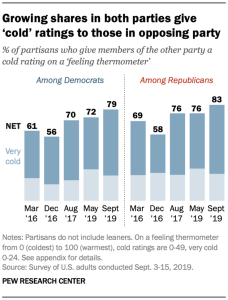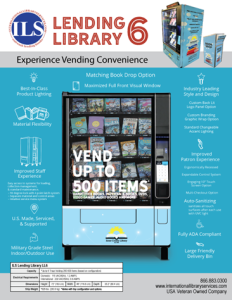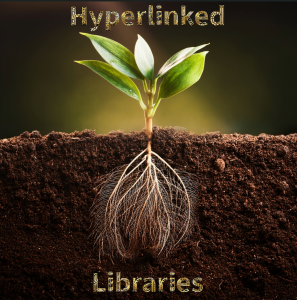
Greenwalt’s (2013) article, Embracing the Long Game, was fascinating to read about local small-scale participatory activities taking place at libraries. I enjoyed the library director of a small library with close to nothing in the budget, still making the library participatory by creating a Post-It wall. I remember visiting a small college library that had something similar. There was a wall of poster boards with questions, and students were allowed to write responses with pens. Cost-efficient participatory activities convey to users that libraries care about their input and crafting an environment that creates community. Much like social media hashtags can do on a grand scale, libraries can accomplish on a local scale.
Another interesting topic discussed in this module was a public library offering online courses made with the help of community experts (Stephens, 2016). I thought it was a fantastic opportunity to enhance learning for busy patrons. Time is constantly one of the barriers to visiting the library. A chance to learn from classes or workshops held in person is lost. Creating multiple short classes online would assist patrons interested in learning in general or acquiring digital literacy skills. I have been interested in working on something like this for my non-profit organization. I was able to co-lead a class last month, teaching people a skill. I thought there may be other community experts willing to teach a skill or share their knowledge. It would be great for public libraries to create partnerships with community organizers to add virtual class lessons to allow it to be more accessible for people who cannot attend in-person.
References
Greenwalt, R. T. (2013, February 21). Embracing the long game. Public Libraries Online. https://publiclibrariesonline.org/2013/02/embracing/
Stephens, M. T. (2016). The heart of librarianship: Attentive, positive, and purposeful change. ALA Editions, an imprint of the American Library Association.






